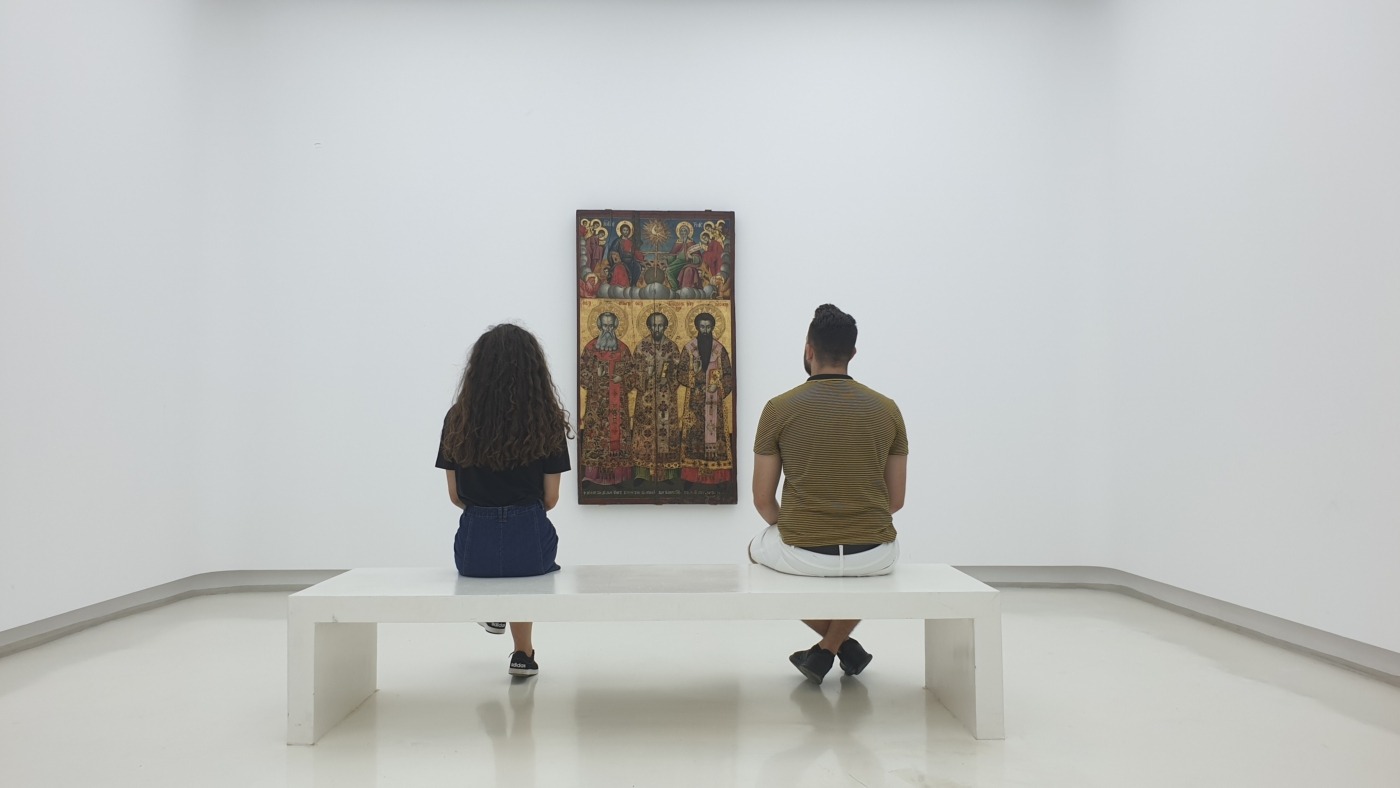The arts: for health, not just entertainment
Over the past year, the influence of the arts on our mental health has been starkly realised. After the sudden and unexpected closures of galleries, theatres and pretty much anything else fun last March, many people were made aware of the importance of the arts in their lives. Whilst most people were never heading to a West End show every Friday or spending all their weekends traipsing around South Kensington museums, the unexpected loss of the possibility of doing so was jarring. As production companies and museum curators scrambled to make their offerings available to a new and not yet fully understood online market, their audiences were extremely aware of the absence of the arts in their lives.
The arts, in all their forms, have the potential to influence our mental states. How often do people cry at live music, or feel their heart jump at a play’s plot twist?
The Wellcome Collection’s current season, On Happiness, has kicked off with twinned exhibitions “Joy” and “Tranquility”. Whilst not a direct response to the pandemic’s interference (to put it lightly) with the arts, curators were keenly aware of their public’s grasp of the titular themes’ precarity. Emphasis has been placed on the need for happiness and the importance of mental health over the past 18 months, with most people, understandably, not feeling their best. These exhibitions offer more of an insight into how joy works, exploring “the big questions about positive feelings”. For many visitors, simply going to the gallery – or any gallery, realistically – will be a source of joy. Sharing experiences with others, ambling around without a screen as an intermediary and simply being in a gallery’s physical space have been sorely missed.
The arts, in all their forms, have the potential to influence our mental states. How often do people cry at live music, or feel their heart jump at a play’s plot twist? Everyone’s experiences will be different; whilst a concerto may be what moves you to floods of tears, another may be sobbing at a painting. Similarly, leaving an exhibition having learned more about a topic in an interesting way might prompt a sense of contentment, and the feeling of time being well-spent. After what feels like wasted hours passed sat at home, having the opportunity to use your time on something somewhat “productive” and enjoyable is an instant mood booster.
At risk of jinxing it, the months spent bereft of a huge array of entertainment might be behind us, and possibilities are opening up once again.
This summer, it feels like things are finally bouncing back. At risk of jinxing it, the months spent bereft of a huge array of entertainment might be behind us, and possibilities are opening up once again. There were many initiatives to try to make art available in lockdown (if the mountain will not come to Muhammad), and although many were successful and praised, improving wellbeing and happiness, nothing can fully replace the real thing. The public has missed collective experiences, and a Zoom performance is just not the same as being in an auditorium. Seeing art, live music and theatre productions once again is hugely invigorating and, at least on my part, has been considerably cheering. After months of the only options for distraction being either looking at a screen in my house or going for an aimless walk and buying an overpriced takeaway coffee, being able to go and see things in person is a vast improvement. And I can even drink my overpriced coffee sitting down in a museum cafe!
Behind the scenes, however, the arts are still struggling – forced closures from Covid pings, staff shortages and a lack of government support mean that many organisations have had to shut their doors, some permanently. When the arts can and do have such a profound and positive impact on people’s lives in a variety of ways, the inevitable question arises of what can be done to save them. There isn’t an easy, fix-all answer to this, but after the past 18 months, it’s clear that the arts are not a given. Now that we’re able to enjoy the arts in person once again, it’s imperative that we seize these opportunities with both hands and don’t let them slip away – not just for our entertainment, but for our mental health too.

Comments